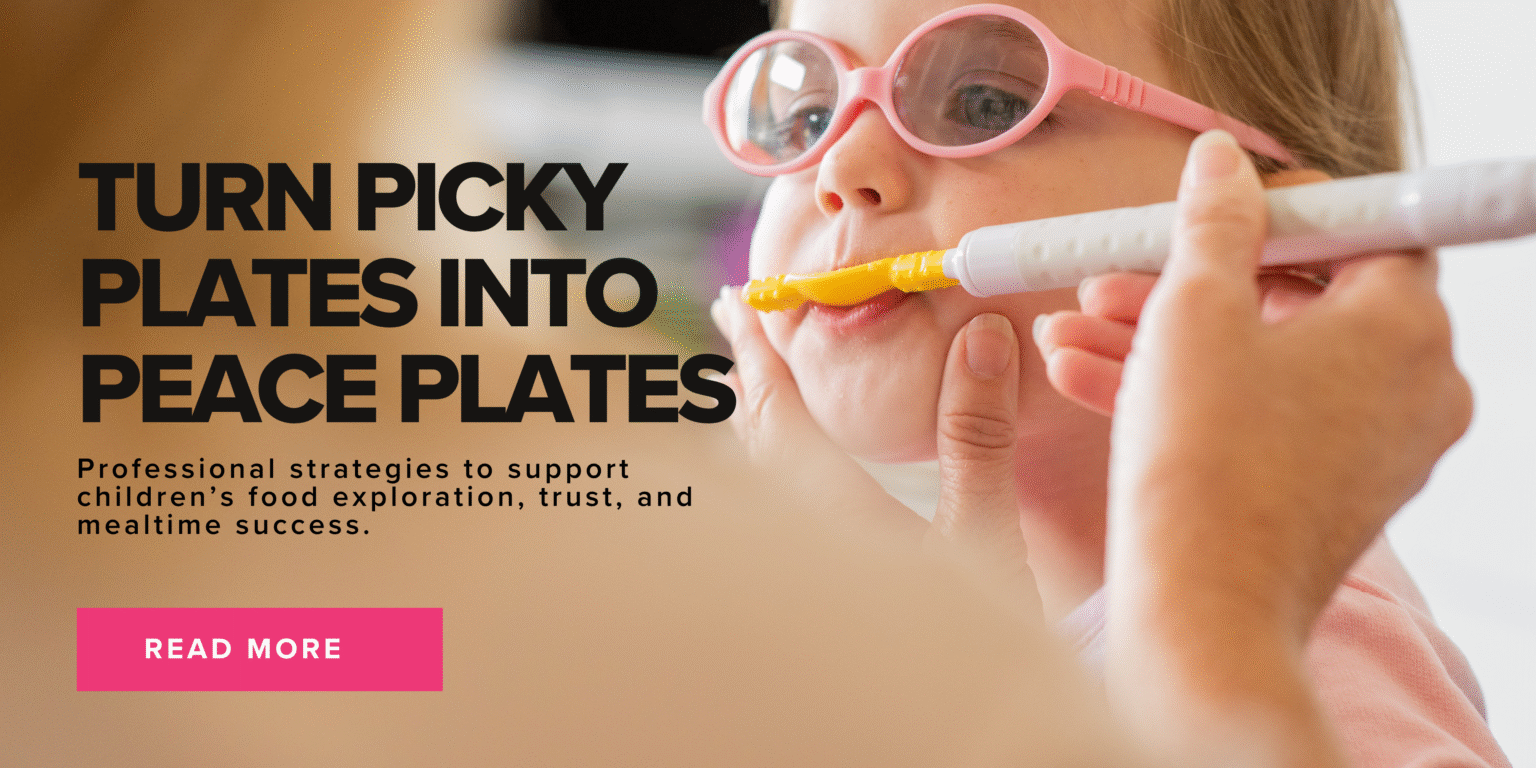What is Myo?
“Myo” refers to OMD (Orofacial Myofunctional Disorders) and OMT (Orofacial Myofunctional Therapy)
Let’s Break Those Terms Down:
Oro = oral
Facial = of the face
Myofunctional = myo or myology (muscles) is the study of the structure and function of muscles.
What is an Orofacial Myofunctional Disorder (OMD)?
According to the definition by the International Association of Orofacial Myology (IAOM), an OMD includes one or more of the following:
“abnormal labial-lingual rest posture, bruxism (teeth grinding), poor nasal breathing, tongue protrusion while swallowing, poor mastication and bolus management, atypical oral placement for speech, lip incompetency and/or digit habits and sucking habits (such as nail biting). These conditions can co-occur with speech misarticulations. In these instances, the articulation disorder is not developmental or phonological in nature, but rather a result of poor oral placement and inappropriate muscle development. OMD may reflect the interplay of functional behaviors, physical/structural variables, genetic, and environmental factors. “(Billings et al., 2018, p. 1).
Orofacial Myofunctional Disorders are often related to or can contribute to a variety of medical and dental disorders. These disorders can include but are not limited to:
— Airway Obstruction (ex . enlarged adenoids, or deviated septum)
— Changes associated with abnormal jaw growth and position
— Cleft Palate
— Down syndrome
— Dysphagia
— Malocclusion (improper alignment of the teeth)
— Periodontal disorders
— Orthodontic relapse
— Sleep Apnea/Sleep-Disordered Breathing
— Temporomandibular Joint Disorder (TMJ)
— Tethered Oral Tissues (buccal, lip or tongue tie)
What is an Orofacial Myofunctional Therapy (OMT)?
Orofacial Myofunctional Therapy is an evidenced-based treatment approach that falls under the umbrella of oral motor therapy and is not to be confused with Non-Speech Oral Motor Exercises (NSOME) as described by DR. Lof. Orofacial Myofunctional Therapy uses muscle strengthening exercises, therapeutic tools and tactile stimulation in order to target oral motor skills for swallowing, oral placement skills for speech as well as reduction of noxious oral habits and improper oral posture. The primary purpose of orofacial myofunctional therapy is to create an oral environment in which normal processes of orofacial and dental growth and development can take place, and be maintained (Hanson & Mason, 2003). According to ASHA, orofacial myofunctional therapy (OMT) can be effective in the treatment of OMDs, including:
— Establish patent nasal airway
— Improve speech sound articulatory placement
— Eliminate non-nutritive sucking
— Modify handling swallowing of liquids, purees, solids and saliva
— Improve oral resting posture
— Perform labial-lingual-pharyngeal muscle resistance exercises
For more information and resources, click here
To register for the OMD Deconstructed: A Multidisciplinary Approach to Orofacial Myofunctional Disorders Conference, click here



